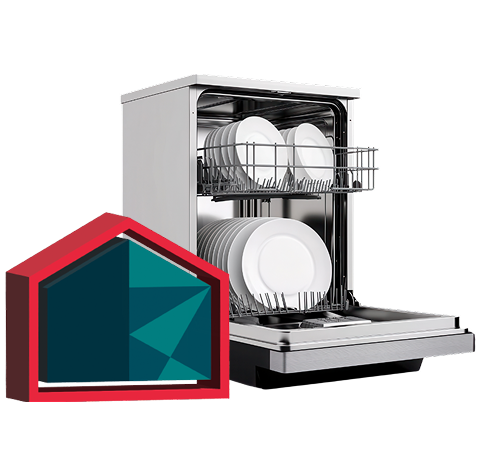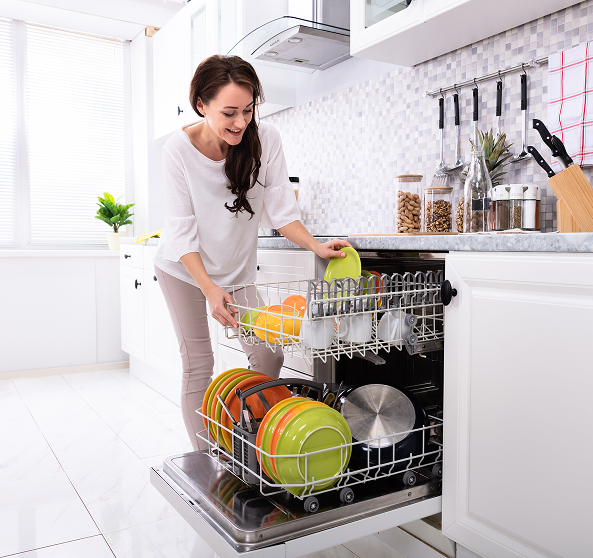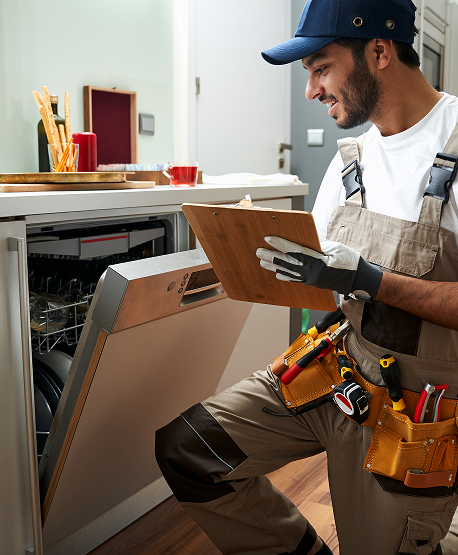Extended warranties only cover one item. Liberty Home Guard protects all your appliances and systems under one simple plan.
If it breaks, we’ve got you covered—no matter the brand.
GE Dishwasher Not Drying Dishes? Follow the steps below to troubleshoot common issues like a faulty heating element, malfunctioning high-limit thermostat, or disabled heated dry setting.



When your dishwasher isn't drying dishes, certain repairs are more commonly required than others. Below are the most frequent fixes:
If your GE dishwasher isn’t drying dishes, it could be due to several common issues. For example, the heated dry setting may not be selected, the rinse aid dispenser could be empty, or dishes may be loaded improperly. Faulty components like the heating element, vent fan, or high-limit thermostat can also affect drying performance. Start with basic checks and move to component testing if the issue persists.
Yes, rinse aid plays a critical role in the drying process. It helps water sheet off dishes rather than forming droplets that leave them wet. Even if you're using a detergent pod that contains rinse aid, many GE models perform better with additional rinse aid added to the dispenser. Refill the rinse aid regularly and ensure the cap is tightly sealed.
Yes, plastic items often retain moisture more than glass or ceramic. They don’t absorb heat as well, making it harder for them to dry completely in any dishwasher—not just GE models. To help dry plastic, place plastic items on the top rack away from the heating element and use the "Heated Dry" or "Dry Boost" feature if available.
If basic troubleshooting doesn’t resolve the problem—especially if the heating element, control board, or vent system appears faulty—it’s time to call a certified appliance technician. DIY repairs beyond checking settings and visible components can risk further damage or void your warranty. A technician can safely diagnose and replace complex parts like the control board or thermostat.
Homeowners across the country recommend Liberty Home Guard Home Warranty above all
others.
Don’t just take our word for it—Liberty Home Guard Reviews speak for themselves!


